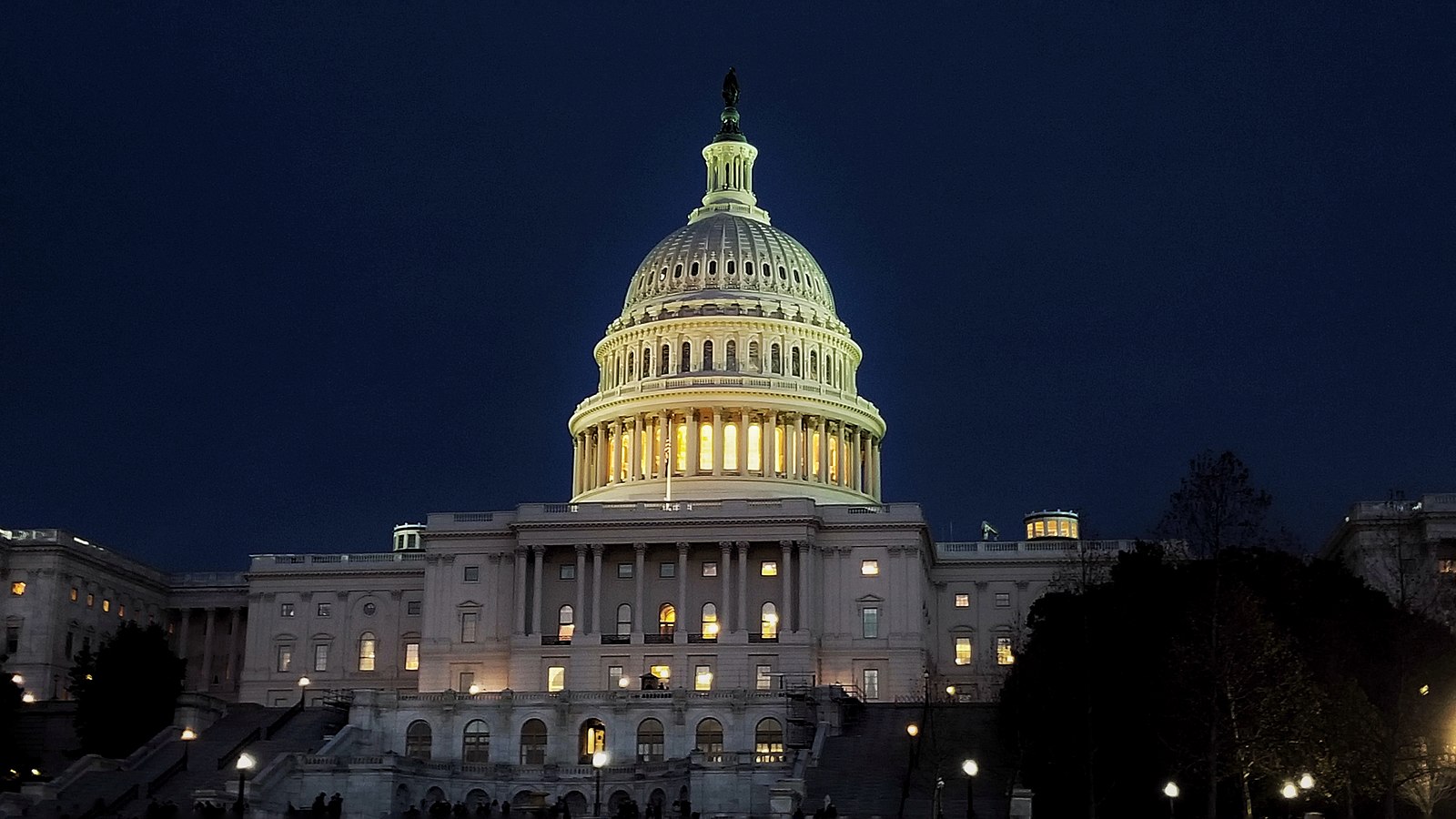Tag: ohio
-
Judge issues injunction against Ohio HB 1 provision prohibiting ballot measure contributions by lawful permanent residents

U.S. District Court Judge Michael Watson issued an injunction on Aug. 31, 2024, against a provision of Ohio House Bill 1 (HB 1) that would have prohibited lawful permanent residents who are non-citizens from contributing to ballot measure campaigns. Watson said that while Ohio has a compelling interest in preventing foreign influence over state political…
-
Incumbent Emilia Sykes (D) and Kevin Coughlin (R) are running in the general election for Ohio’s 13th Congressional District

Incumbent Emilia Sykes (D) and Kevin Coughlin (R) are running in the general election for Ohio’s 13th Congressional District on November 5, 2024. The University of Virginia’s Kyle Kondik said the district is “…one of the most competitively drawn districts in the whole country. It’s one of a relative handful of true swing seats across the country.” Sykes was first elected in 2022, winning…
-
Incumbent Marcy Kaptur (D) and Derek Merrin (R) are running in the general election in Ohio’s 9th Congressional District

Incumbent Marcy Kaptur (D) and Derek Merrin (R) are running in the general election on Nov. 5, 2024, to represent Ohio’s 9th Congressional District. Kaptur has represented the district since 1983 and is the longest-serving woman in Congress. Merrin serves in the Ohio House of Representatives. House Speaker Mike Johnson (R) and Donald Trump (R)…
-
Ohio redistricting initiative campaign, with $26.9 million, surpasses previous redistricting measure campaigns in contributions

Voters in Ohio will decide on a citizen-initiated constitutional amendment to establish the Ohio Citizens Redistricting Commission (CRC), a 15-member non-politician commission responsible for adopting state legislative and congressional redistricting plans. On July 23, the initiative was certified for the general election on Nov. 5. The campaign supporting the initiative, Citizens Not Politicians, raised $26.95…
-
Incumbent Sen. Sherrod Brown (D) and Bernie Moreno (R) are running in the November general election for the U.S. Senate in Ohio

Incumbent Sen. Sherrod Brown (D) and Bernie Moreno (R) are running in Ohio’s U.S. Senate election on November 5, 2024. CNN’s Simone Pathe said, “Brown is the only Democrat to win a nonjudicial statewide race in Ohio over the past decade, so the big question for 2024 is whether he can defy expectations again in his red-trending state.” The New York Times’sJonathan…
-
Ohio voters to decide ballot initiative to establish the Citizens Redistricting Commission

An initiative that would amend the Ohio Constitution to create a Citizens Redistricting Commission will appear on the Ohio ballot on Nov. 5, 2024. The initiative would replace the current Ohio Redistricting Commission with the Citizens Redistricting Commission. Currently, the Ohio Redistricting Commission has seven members, including the Ohio House Speaker and Ohio Senate President,…
-
Signatures submitted for Ohio ballot initiative to establish the Citizens Redistricting Commission

In Ohio, the campaign behind a citizen-initiated constitutional amendment to create a Citizens Redistricting Commission submitted signatures on July 1, 2024. Voters would decide the ballot initiative on Nov. 5, 2024. The initiative would replace the current Ohio Redistricting Commission with the Citizens Redistricting Commission. Currently, the Ohio Redistricting Commission has seven members, including the…
-
All candidates for Ohio House of Representatives District 72 complete Ballotpedia’s Candidate Connection survey

Both of the candidates running in the Nov. 5, 2024, general election for Ohio House of Representatives District 72 — Nathaniel Adams (D) and Heidi Workman (R) — completed Ballotpedia’s Candidate Connection survey. These survey responses allow voters to hear directly from candidates about what motivates them to run for office. Here are the candidates’ responses to the…
-
All candidates for Lucas County Court of Common Pleas General Division complete Ballotpedia’s Candidate Connection survey

Both of the candidates running in the Nov. 5, 2024, general election for Lucas County Court of Common Pleas General Division — Jaime Agnew (nonpartisan) and Ken Walz (nonpartisan) — completed Ballotpedia’s Candidate Connection survey. These survey responses allow voters to hear directly from candidates about what motivates them to run for office. Here are the candidates’ responses…

